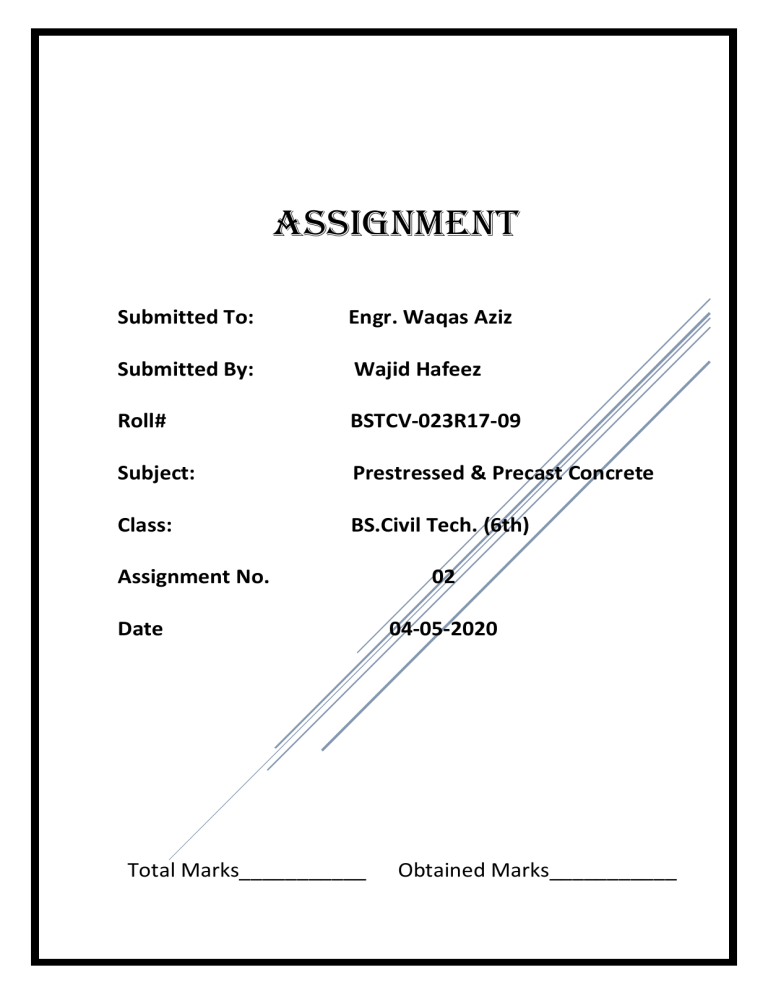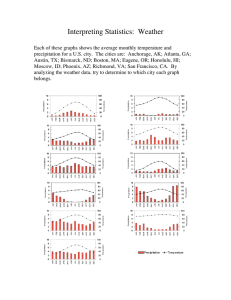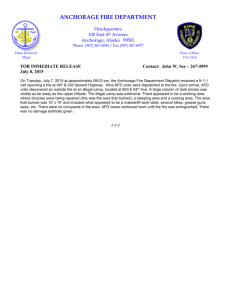
ASSIGNMENT Submitted To: Engr. Waqas Aziz Submitted By: Wajid Hafeez Roll# BSTCV-023R17-09 Subject: Prestressed & Precast Concrete Class: BS.Civil Tech. (6th) Assignment No. Date Total Marks___________ 02 04-05-2020 Obtained Marks___________ End Anchorages End anchorages are mechanical device used to transmit prestressing force to the reinforced concrete in a posttensioned member. End anchorages are used at non stressing end of a tendon. They are used where the end of a prestressing cable is buried in concrete or is inaccessible during the stressing operation of the tendon. The end anchorage configurations is same as the standard anchorage as it uses the same tube unit to guide the strands. Types of End Anchorages Different types of end anchorages are mentioned below: End VSL type H anchorage: This end anchorage presents a technically easy and economical solution to transmission of the prestressing force to the structure. Considering that the prestressing force is introduced through the bond between the reinforcement and surrounding concrete, the force transmission is extremely even. The tension O-ring eliminates transverse forces in the anchor root. Reinforcement network in the end area serves as a space grid for individual strands. This type of anchorage is used for tendons in flat duct, too. End VSL type H anchorage End VSL type U anchorage: With this type of anchorage, the transmission of prestressing force is realized partly through bond between prestressing strands and surrounding concrete, and partly through the cast- in U-plate. The tension O-ring and spiral eliminate the transverse forces in the anchor root. This anchorage may be fitted into the structure both horizontally and vertically. If the number of strands in the anchorage is odd, the odd strand is turned around U-plate and introduced back into the duct. Because there is a need of special device for bending the strands, it is necessary to manufacture this type of anchorage prior to being placed into the structure. End VSL type U anchorage End VSL type P anchorage: This anchorage type is used where the prestressing force has to be transferred to the structure in the shortest possible distance from the end of the tendon duct, or where respectively the entire force has to be introduced into the end of the post-tensioned element. The anchorage consists of a curved anchor plate, to which strands are anchored using compression fittings. Strands are locked in required positions using distance plates. This type of anchorage is used also for tendons in flat duct. End VSL type P anchorage End VSL type L anchorage: In this way of anchoring, the prestressing steel is bent at 180 degrees within a relatively small space, so that it can be led back close to its initial point. The anchorage consists of Ushape tendon duct having a circular cross-section. Soft reinforcement is inserted to avoid development of cracks in the concrete behind the anchorage. End VSL type L anchorage End VSL type AF anchorage: This type of anchorage is used for vertical tendons when it is useful to install prestressing strands once the structure is concreted. First, the compression fittings are installed onto strands and then strands are inserted into the tendon duct and bonded into the anchorage with a special high-performance mortar. Once the mortar has achieved a sufficient strength, the tendon can be stressed and then grouted. End VSL type AF anchorage End VSL type H and P anchorage: This type of anchorage is used to make a bond between the prestressing steel and surrounding concrete. Different finish of prestressing strand ends makes it possible to reduce the length of transmission of prestressing force from the tendon to the structure. This anchorage is used in slab system. End VSL type H and P anchorage

